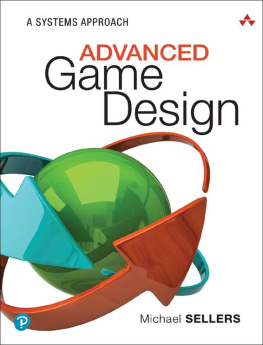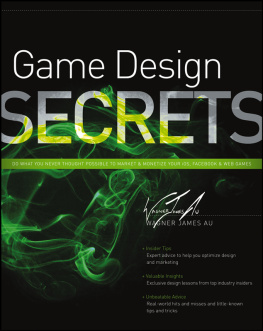Chapeter Ten
Chance
Introduction
Games are engines of uncertainty. It is one of the traits that makes a game a game. Even games whose outcomes seem inevitable contain some spark of uncertainty. It is not entirely impossible that a Chess novice beats a Grandmaster or that Tic-Tac-Toe does not end in a draw. It is true that a game of Tetris cannot end in anything but a loss, but the final score is unknown in advance of playing.
Game designer Greg Costikyan has pointed out that it is human nature to dread uncertainty. An uncertain good thing (the possibility of promotion) can be nearly as stressful as an uncertain bad thing (the possibility of being laid off). In the same way that we enjoy experiencing the thrill of fear in tamed and nonthreatening constructs (horror films and roller coaster rides), games give us the opportunity to dive into uncertainty without putting anything real at risk (Costikyan 2013, 12).
This chapter explores how certainty and uncertainty can be incorporated into games and the kinds of roles they serve. The learning objectives for this chapter are:
- Understand the meanings of determinism, nondeterminism, certainty, and risk.
- Understand the diff erences between perfect and imperfect information.
- Be able to determine probabilities for common game situations.
Determinism and Risk
The way a Chess or Ultimate Tic-Tac-Toe game progresses is wholly determined by the players; there are no dice rolls, shuffled cards, spinners, or any other agents of randomness involved. Such games are known as deterministic games. A deterministic games uncertainty comes from not knowing what choices the other players will makebut the effect of a given choice is entirely certain. If a deterministic game is played with the same set of choices that were made in a previous game, the outcome will be entirely identical. This is why we can recreate a Chess game from 400 years ago by simply replaying its recorded moves.
A nondeterministic game is one that incorporates some form of randomness. Shoot-Out s use of dice rolls and Zombie in my Pocket s use of shuffled decks make both games nondeterministic. Because the tiles are shuffled, a game of Zombie in my Pocket cannot be replayed by simply making the same choices. The position, rotation, and placement of the tiles may be the same, but the tiles themselves will be different. The only way to replay the game is to remove the nondeterministic element, stacking the deck so that it matches the previous game. In other words, making it a deterministic game.
Nondeterminism in games often takes the form of a player attempting an action whose outcome is decided using some random factor (such as a dice roll). For example, the action of moving Assam in Marrakech involves a player choosing a direction and then rolling a die to determine the distance traveled. That action would not be as interesting if the distance was fixed and not determined randomly. Nor would it be as interesting if the distance was determined prior to the player choosing his direction. What makes the choice interesting are the situations in which the player is taking a chance and the die roll will decide whether or not the player will lose Dirham.
Marrakech uses a custom die. It has one side marked 1, two sides marked 2, two sides marked 3, and one side marked 4. When deciding how to rotate Assam, savvy players take into account that he is most likely to move two or three spaces. When a player knows an actions possible outcomes and their likelihoods (as is the case for Assams movement), then the player choice involves what game theorists call risk (Klibanoff 1996). In contrast, if the actions possible outcomes or their probabilities are not known, then the player is dealing with what game theorists term uncertainty (Rasmusen 2007, 4950).
It is worth noting that a mechanic that is designed to incorporate risk does not mean that every player will approach the decision in such a manner. A player who does not understand (or has not thought through) the probable outcomes of a decision is experiencing uncertainty rather than risk. The difference between uncertainty and risk may seem slight, but the experience can be markedly different for a player. Have you ever felt a bit lost when playing an unfamiliar game because you do not understand the implications of the choices you are making? That is uncertainty. As you gain a better understanding of the games system and scope, your choices become better informed and you feel more comfortable making them. That is risk.
Most tabletop game mechanics are designed to incorporate risk rather than uncertainty. This is because tabletop game players need to fully understand the games actions, their possible outcomes, and how those outcomes are determined. Video games, with their ability to hide their inner workings, are much more able to incorporate uncertainty into their gameplay, which is why they can provide a sense of discovery not readily available in tabletop games.
Another way that nondeterminism can be incorporated into games is by having a random event precede a players choice rather than follow it. For example, a player might be presented with a randomly determined set of choices, of which the player is free to choose any of the options and knows the certain outcome for each. For example, Zombie in My Pocket s tile placing mechanic could be converted to using this kind of preceding nondeterminism by having the decision of where the tile is placed occur after it is drawn, instead of before it.
Pachisi, Yut Nori , and Backgammon all involve players first generating a random number for movement and then deciding how to allocate the movement points to their pieces. The player has to utilize a randomly determined resource, but the outcome of the choice itself is not subject to randomness. Game theorists would describe such a decision as having certainty because the player knows the precise outcome for each possible choice (Rasmusen 2007, 4950). Certainty in a nondeterministic game can de-emphasize the role of luck. That said, a player may still view this sort of choice as being risk-based if she takes into account the probabilistic events that will precede future actions, and not just the ones that occurred before the current one. For example, choosing to move a pawn in Shoot-Out involves certaintythe action always results in the pawn moving one space forward. However, a player may view the decision to move as a calculated risk if he is focused on the probability of his opponent successfully shooting the pawn in the following turn.
Button Men
This is a clever little game for two players that was designed by James Ernest of Cheapass Games. Links to more information and additional fighters can be found at www.funmines.com/buttonmen.
Required Materials:
- One fighter for each player (choose from the four that follow these rules).
- An assortment of dice: the specific dice needed is determined by the fighters played. See Dice setup below.
Object of the Game:
- To win three rounds of combat through the capture of the opponents dice.
Dice Setup:
- Each fighter uses several dice of different sizes, as specified by the numbers on that button. As a general rule, small dice mean speed, and large dice mean strength. An X is a variable die, or Swing Die. You may use any die between 4 and 20 sides for this Swing Die, and you can change that die between rounds. If a fighter has more than one X, (such as is the case for Ogi) each of those Swing Dice must have the same number of sides.
- Non-standard sized dice (such as Fingles 7-sided die, or a players choice to use a non-standard Swing Die) can be had by using a larger sized die and re-rolling outof-range values. For example, using the 7-sided die would involve rolling an 8-sided die and re-rolling any resulting 8s.

![Ethan Ham [Ethan Ham] Tabletop Game Design for Video Game Designers](/uploads/posts/book/119417/thumbs/ethan-ham-ethan-ham-tabletop-game-design-for.jpg)

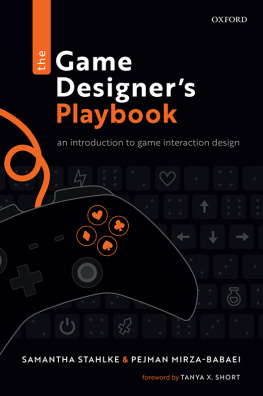
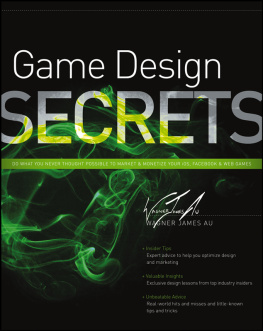
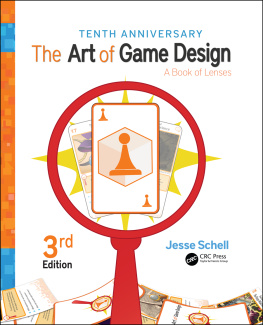
![Scott Rogers [Scott Rogers] - Level Up!: The Guide to Great Video Game Design](/uploads/posts/book/119441/thumbs/scott-rogers-scott-rogers-level-up-the-guide.jpg)
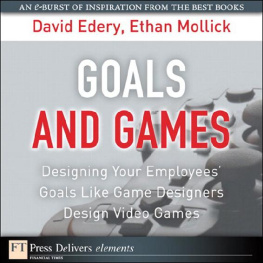
![Jesse Schell [Jesse Schell] - The Art of Game Design, 2nd Edition](/uploads/posts/book/119435/thumbs/jesse-schell-jesse-schell-the-art-of-game.jpg)
![Wagner James Au [Wagner James Au] - Game Design Secrets](/uploads/posts/book/119431/thumbs/wagner-james-au-wagner-james-au-game-design.jpg)
